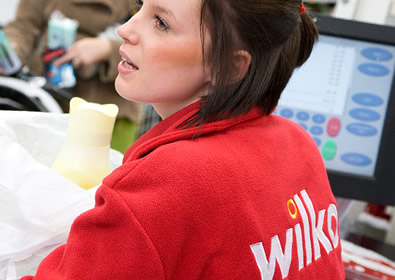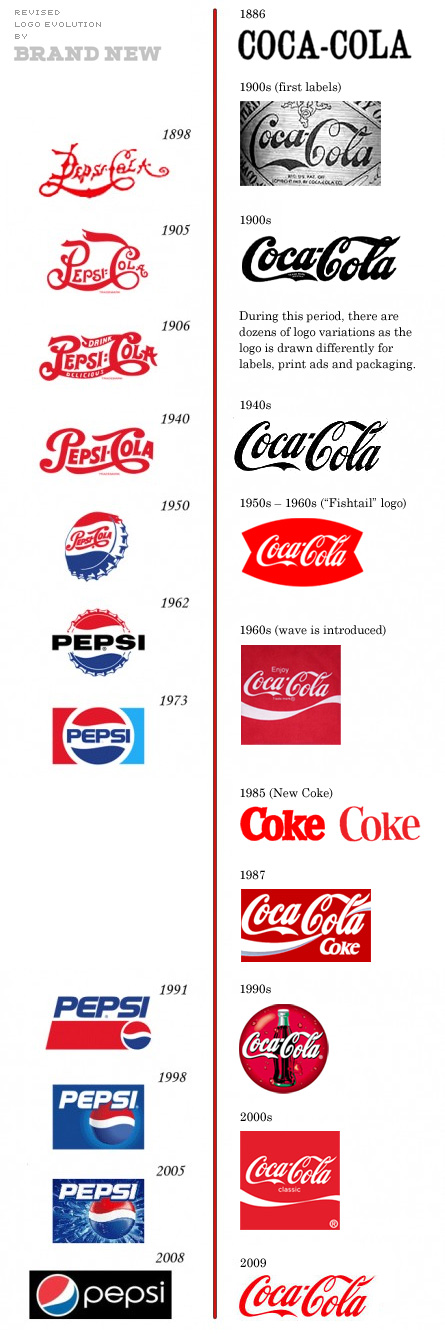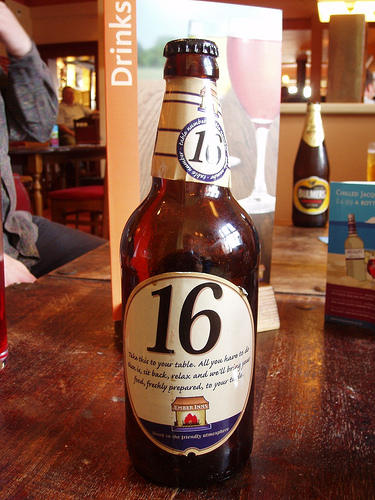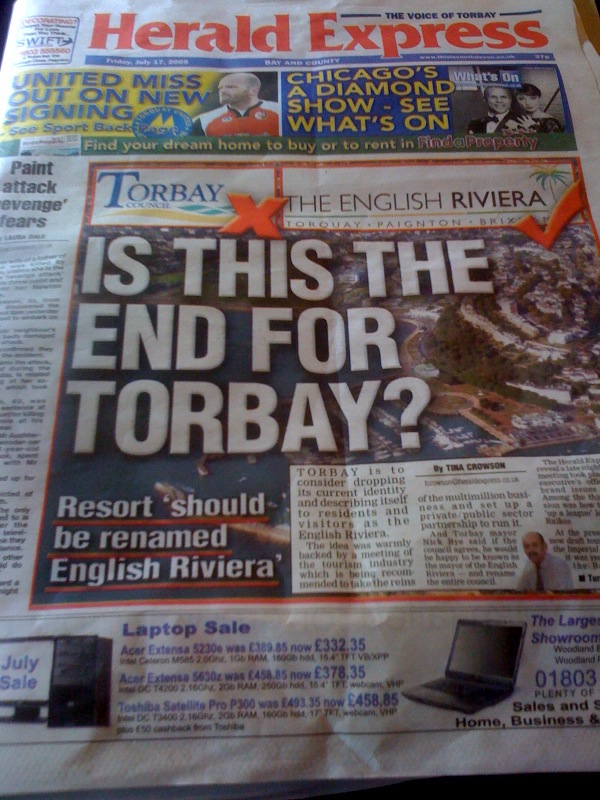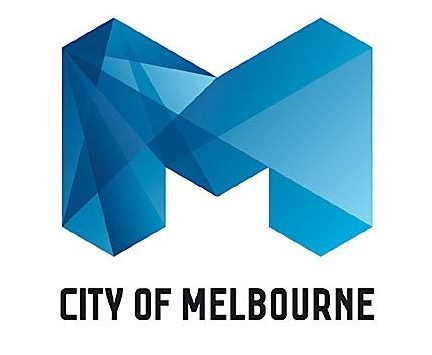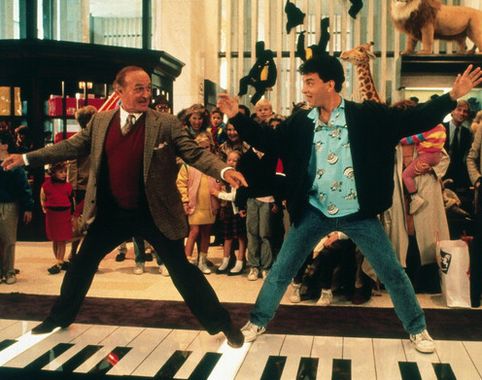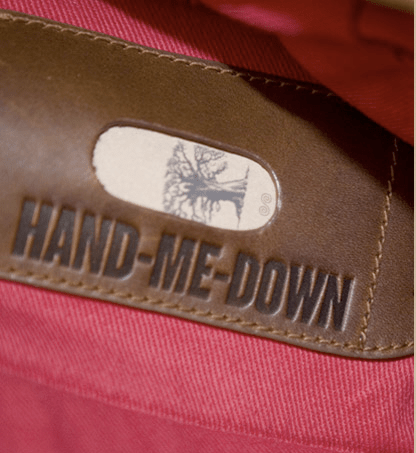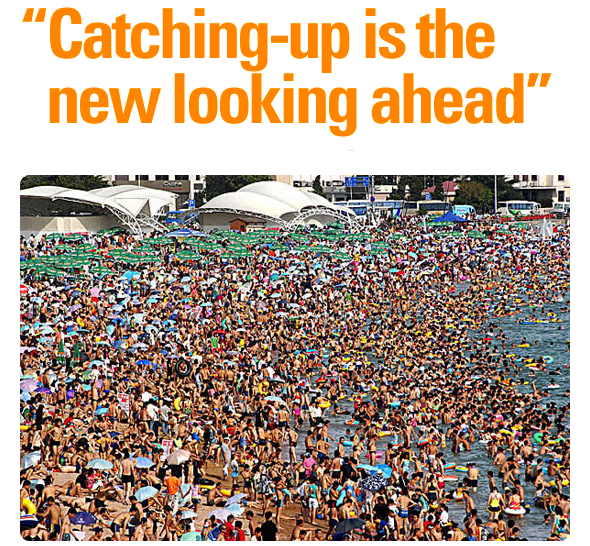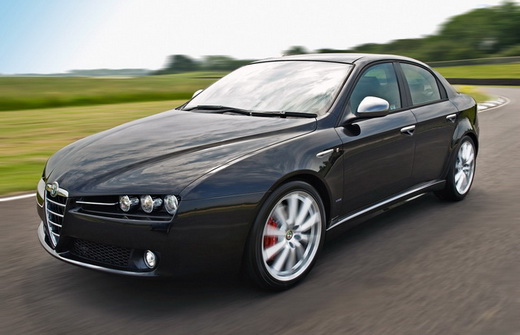
There’s a battle going on about the branding of livestock based named drinks and its all been started by a Canadian man called Lino Fleury – a name for someone whose going to be different if ever there was one.
It’s all to do with who owns what ‘properties’ or ‘brand values’ in an energy drink.
On the one hand Lino’s new baby ‘Slow Cow’ is an anti energy drink. A concoction he has created that according to his story contains L-Theanine, an amino acid found in tea plants that’s meant to help you achieve a relaxed, focused state of mind. He’s even got some friendly doctor to say it is probably natures best kept secret. But I don’t actually believe that and I’m pretty sure he doesn’t either – surely nature’s best kept secret wouldn’t have been found yet?
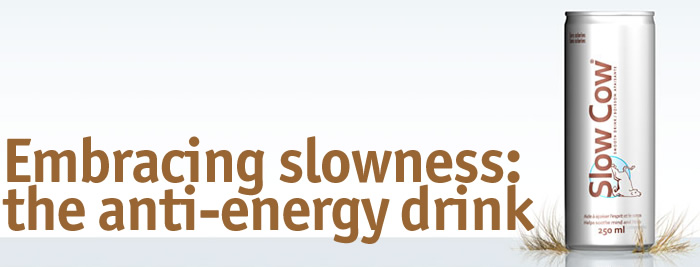
For some reason, the people at Red Bull are none too impressed and have sent our hero Lino a notice to cease and desist. Even though for me, the brand values are at the opposite end of the spectrum.
But I absolutely believe they haven’t got a leg to stand on as the entire basis of the branding is completely different. They haven’t got a wing or a prayer of succeeding in front of any competent judge.
The brand basis of red Bull is to help you achieve more, to push yourself beyond normal limits. Their sponsorship of the Air Race series, F1 cars and any seemingly mad adventurous activity has to confirm this. For me, its entire reason for being is to convey energetic enthusiasm.
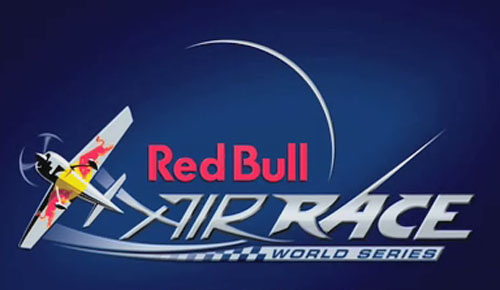
Their active ingredient of Taurine is widely copied in every generic ‘energy’ drink in any supermarket. Tesco settled out of court with Red Bull in 2007 for an undisclosed sum for apparently being too close in design with their Tesco Kick energy drink – but that’s more likely to be because they sell red Bull and didn’t want to lose the contract.
Aldi sell a six pack of Red Thunder (for £1.49!) which comes in identical sized and coloured cans to those of Red Bull, but as they don’t sell the branded product, they are unlikely to decease or delist!
Slow Cow, at the total opposite end of the scale, is all about taking time out, about slowing down and maybe even taking yourself a little less seriously. It’s about marking a time to begin relaxing rather than to begin being a bit excitable. Who would try and look ‘cooler’ by drinking a drink called, Fat Sloth, Ugly Dog, or spunky Monkey – let alone Slow Cow?
I would also counter the argument even more strongly that the packs look similar. They don’t. One is cream and the other is red, blue and silver. If you confused the two of them side by side, you would be stupid or lying under oath. The only similarity I can see is that they sit on the same beverage shelf and they are in the same sized can.
Beans come in the same sized can as peaches and are also sold in supermarkets, but you would hopefully think it was yourself at fault if you accidentally had them on toast, not the people who put them in the can in the first place.
This is bad PR by Red Bull and very clever PR by Lino Fleury. The two products are literally chalk and cheese and any talk about them being in the same trading space is utter, utter nonsense.


